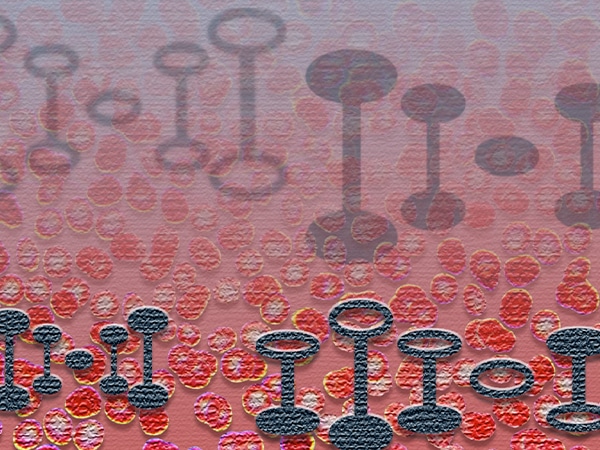Myelodysplastic and Myeloproliferative Neoplasms

Myelodysplastic/myeloproliferative neoplasms have features of both myelodysplastic syndromes and myeloproliferative neoplasms. Normally, the bone marrow makes blood stem cells that become mature blood cells over time. A blood stem cell may become a myeloid stem cell or a lymphoid stem cell.
In myelodysplastic diseases, the blood stem cells do not mature into healthy red blood cells, white blood cells, or platelets. The immature blood cells, called blasts, do not work the way they should and die in the bone marrow or soon after they enter the blood. As a result, there are fewer healthy red blood cells, white blood cells, and platelets. In myeloproliferative diseases, a greater than normal number of blood stem cells become one or more types of blood cells and the total number of blood cells slowly increases.
The three main types of myelodysplastic/myeloproliferative neoplasms include chronic myelomonocytic leukemia (CMML), juvenile myelomonocytic leukemia (JMML), and atypical chronic myelogenous leukemia (CML). Myelodysplastic/myeloproliferative neoplasms may progress to acute leukemia.
Myelodysplastic/Myeloproliferative Neoplasms Treatment (PDQ®)Source: National Cancer Institute



